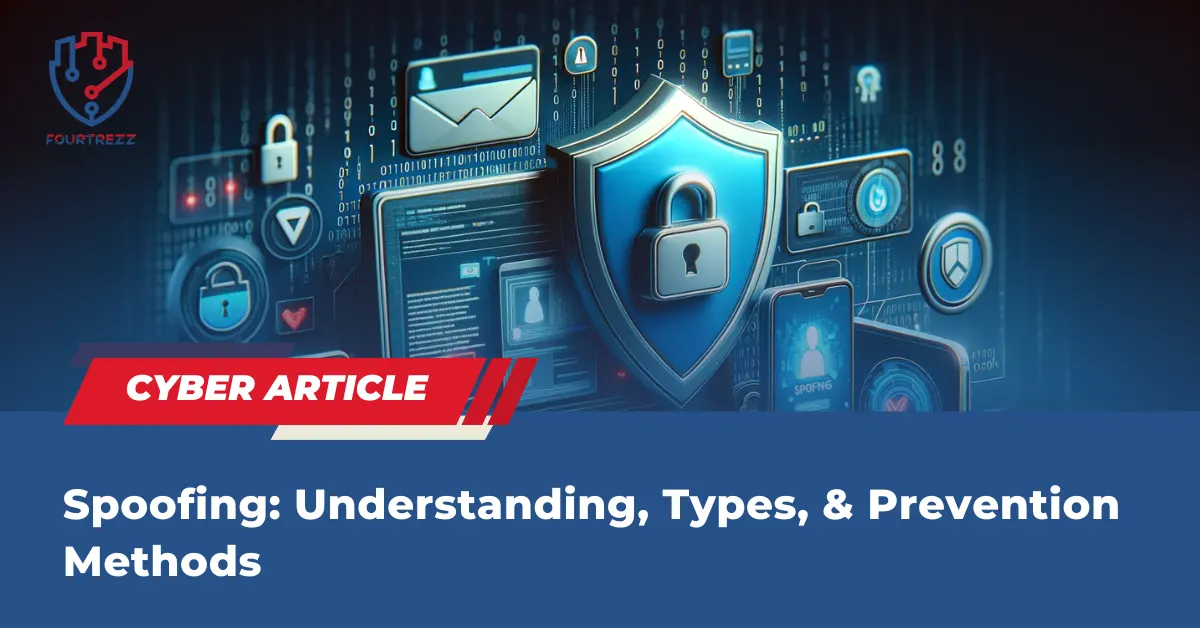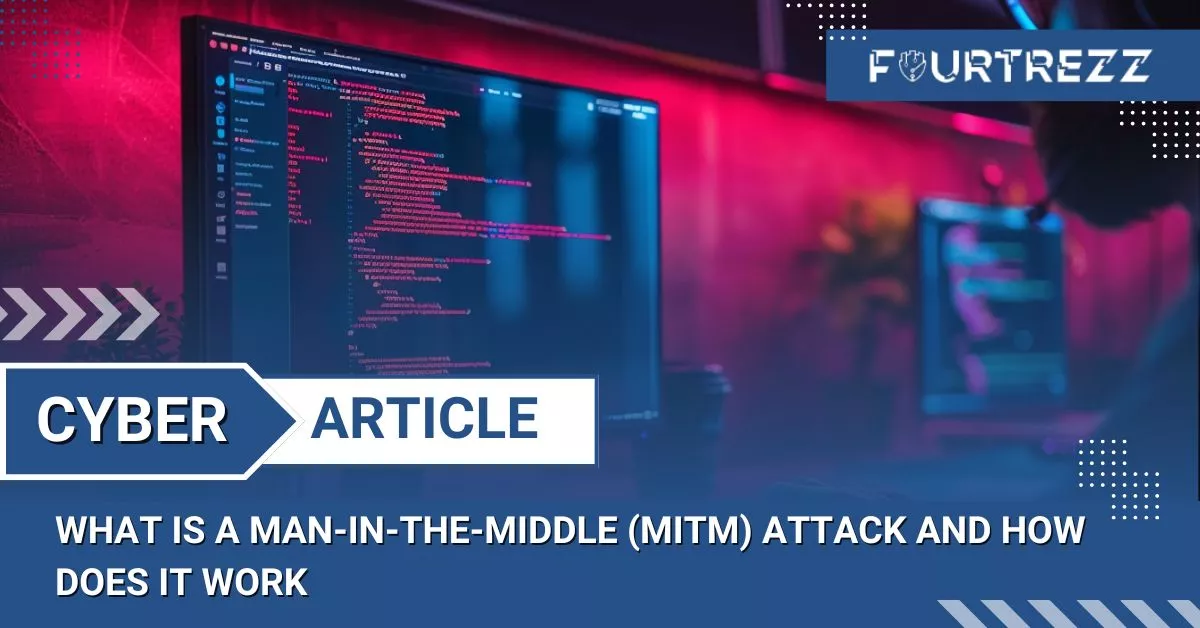Technology is rapidly evolving today, and with this, many activities can be conducted online. However, this also makes the virtual world unsafe, especially with the increasing prevalence of fraudulent activities using technology. One such fraudulent act is Spoofing.
Spoofing is a deceitful action that uses a false identity to trick others. It can endanger your privacy and information security. Therefore, it’s crucial to understand how Spoofing occurs and how to prevent it.

Understanding Spoofing
Spoofing is a fraudulent act conducted by falsifying identity or information to appear legitimate. The goal is to gain the trust of others and benefit from the situation.
Types of Spoofing
Here are some types of Spoofing to be aware of:
- IP Spoofing
IP Spoofing is a Spoofing act that uses a fake IP address to deceive others. This can be done by sending messages or data from an illegitimate IP address, making the recipient believe it’s from a legitimate source.
- Email Spoofing
Email Spoofing is a Spoofing act that uses a fake email address to deceive others. This can be done by sending emails that appear to be from a legitimate source, making the recipient believe the email is authentic.
- Website Spoofing
Website Spoofing is an act of deceiving the system using a fake website. This act is carried out to hijack important information, such as passwords and other personal information.
- Caller ID Spoofing
Caller ID Spoofing is a Spoofing act that uses a fake phone number to deceive others. This can be done by making phone calls with a fake number, making the recipient believe the call is from a legitimate source. This act can endanger the privacy and security of personal information, such as financial or other confidential information.
Preventing Spoofing
Here are some ways to prevent Spoofing:
- Use Anti-Spoofing Software
Anti-spoofing software can help you filter incoming data and ensure it’s indeed from a legitimate source.
- Keep Your Information Confidential
Do not give your personal information to anyone, especially if it could endanger your privacy.
- Verify Sources
Make sure to verify the sources of information you receive, especially if it asks you to provide personal information.
- Use Encryption
Encryption can help you secure the information you send and receive.
- Using a Firewall
Using a firewall is another way to prevent spoofing. The firewall will block access to the system from irresponsible parties.
- Using Two-Factor Authentication
Two-factor authentication is another way to prevent spoofing. It requires two factors of authentication, such as a password and a verification code sent via SMS, making system access more difficult for irresponsible parties.
- Regularly Update Your Software
Make sure to always update your software, especially if there are security updates available.
Spoofing is a highly dangerous fraudulent act that can endanger your privacy and information security. Therefore, it’s important to understand how Spoofing occurs and how to prevent it. By following the methods mentioned above, you can minimize the risk of falling victim to Spoofing.
Don’t let fraudulent acts like Spoofing endanger your privacy and information security. Continue reading articles on this website to gain new knowledge about the world of cyber security and how to prevent Spoofing. Don’t forget to verify sources and use anti-spoofing software, encryption, and firewalls to protect yourself from harmful actions. Let’s increase your knowledge now!










